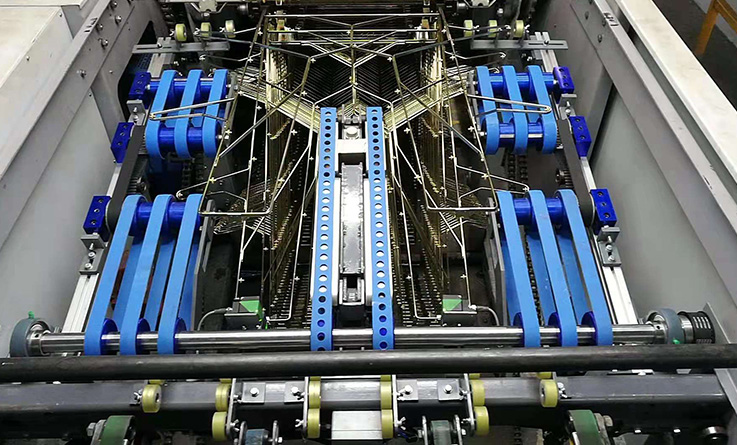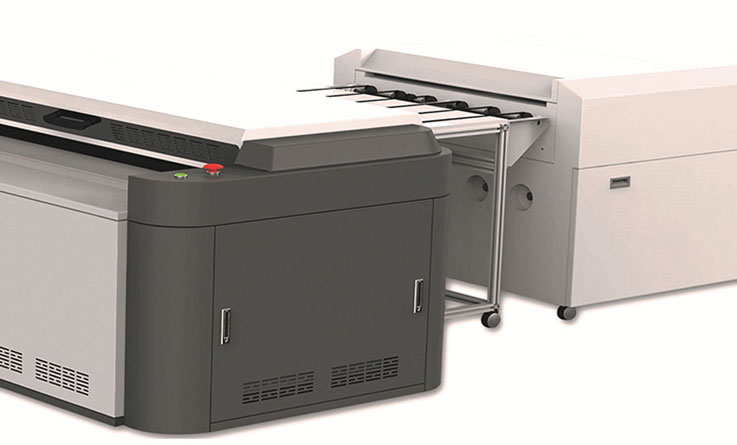More and more industries are using package of tinplate printing, such as pharmaceuticals, gifts, food, cosmetics, tea and other industries. So is the tinplate box easy to rust? This is a question that everyone is concerned about, and today this article will briefly share it with you.
Ⅰ. Methods to prevent rust in package of tinplate printing
Package of tinplate printing is generally not easy to rust. It is easy to rust when the inside of the tinplate box is wet or the package is placed in a humid place and its outer coating is damaged.
The material of the tinplate box is tin-plated steel sheet. Due to the different metallic properties of iron and tin, the two metals are prone to oxidation reaction under natural conditions, resulting in corrosion and rusting of the iron sheet.
For the well-made tinplate box packaging produced by the tinplate printing machine, this problem is largely non-existent because the tinplate will be rust-proofed before the box is formed.
There are two methods for rust prevention. One is printing and polishing, which not only beautifies the tinplate box, but also uses the ink and the varnish on the surface used for tinplate printing to double-layer protection for the iron material. The other is a simple iron box, which is directly varnished without printing. These two methods can well isolate the contact between the iron material and the moisture in the air, and slow down the oxidation speed of the iron material.
In order to prevent rust of the package of tinplate printing, we should not place the tinplate box in a humid environment, and handle the box lightly to avoid damaging its paint printing on the surface.
Then you can use the furniture wax, shoe polish, and floor wax at home to wipe the tinplate box and repeat it at regular intervals. You can also apply a layer of anti-rust paint or metal curing agent on the surface of the box, which can effectively avoid the direct contact between the tinplate and the air.
Ⅱ. Why is there a deviation in the color tone of tinplate printing?
The problem of color cast is a headache for all the printing and manufacturing industries. How to deal with the color cast in tinplate packaging? Some tonal deviations are within the effective range, which is called effective deviations, and they mainly have the following kinds:
1. There is an error in the color tone between the product printed by the automatic offset printing machine and the original product. Customers will feel that the color tone of the tinplate box is inconsistent with the finished product, which will affect the order volume and brand image of the company.
Objectively speaking, the color cast in the tinplate box printing is an objective existence, and all the responsibilities should not be attributed to the tinplate box manufacturer. The people of manufacturing industry understand that the manufacturers of tinplate box can only reduce deviations, but cannot completely avoid them.
2. There is an error between the color tone of proofing printing and that of large-scale printing. When the customer is printing the proofing, the color tone is just right, and obviously the color tone of the large-scale printing is correct. The occurrence of this problem is related to the tinplate printing ink, paper type, and printing dot recovery.
3. The color tone of the same batch of products is inconsistent. During the printing process of the four-color printing machine and metal coating machine, the inking of the printing ink is a stable and balanced overall process. During printing, when the printing ink on the ink roller drops to a certain level, the printing machine will automatically ink to supply.

 English
English français
français Deutsch
Deutsch Español
Español italiano
italiano русский
русский العربية
العربية tiếng việt
tiếng việt Türkçe
Türkçe فارسی
فارسی magyar
magyar Ελλάδα
Ελλάδα Burmese
Burmese


